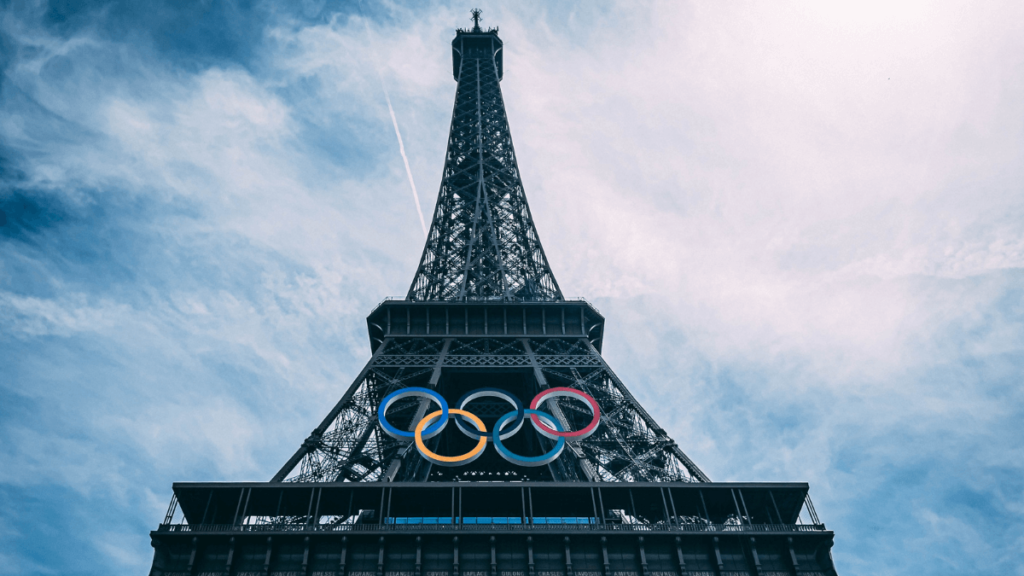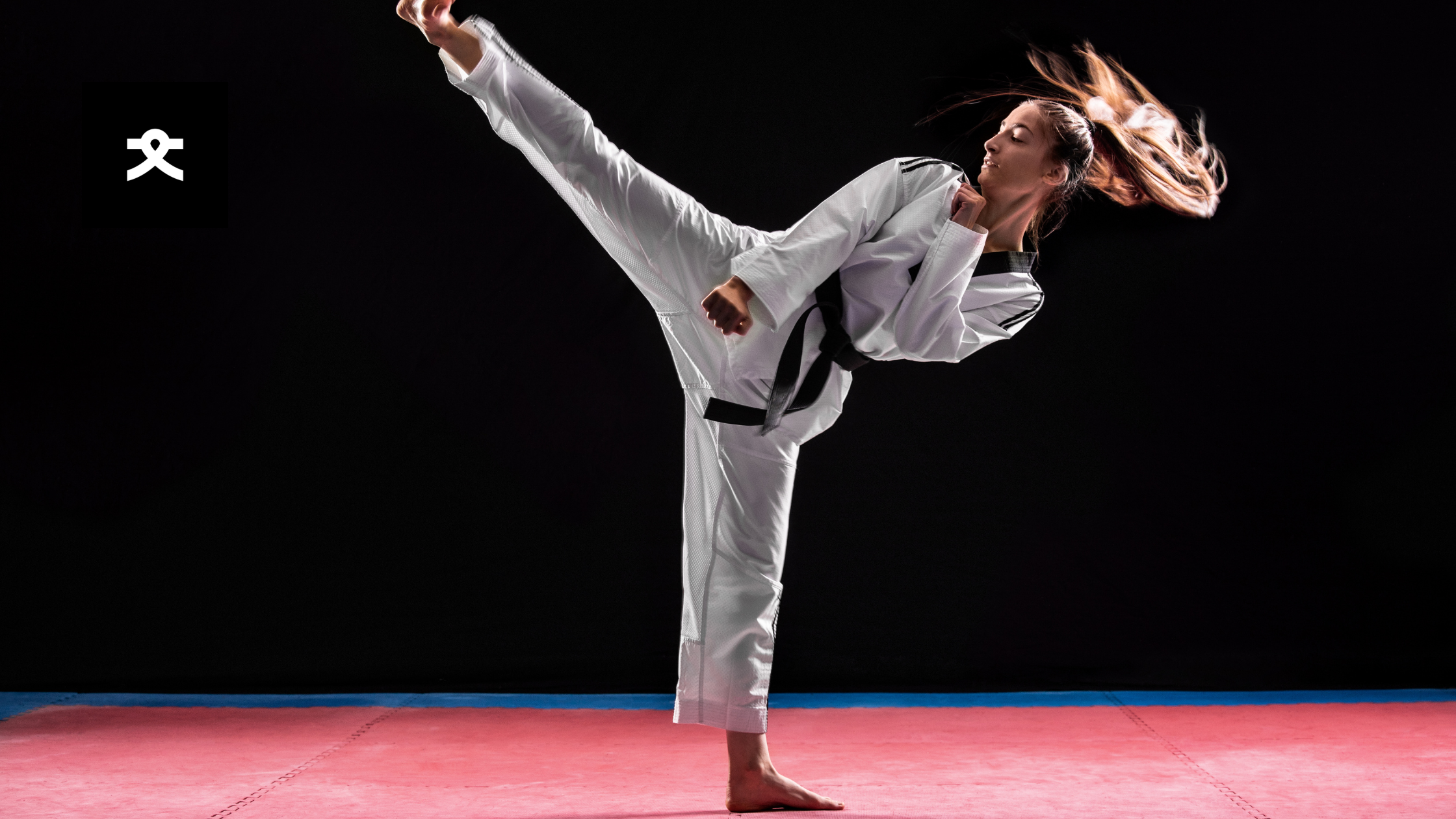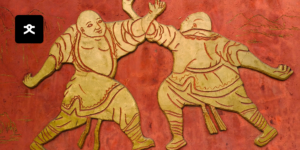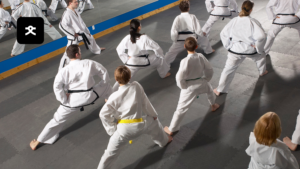The Olympics are a pinnacle of athletic achievement, showcasing the world’s best athletes as they compete in various sports, including martial arts and combat sports. Disciplines like Judo, Taekwondo, Karate, and Boxing have captivated audiences and inspired countless practitioners.
But what does it take to train like an Olympic martial artist? In this article, we’ll delve into these elite athletes’ rigorous training regimens, diet plans, and mental conditioning strategies and explore how everyday practitioners can incorporate these elements into their routines.
The Training Regimens
1. Physical Conditioning
Olympic martial artists undergo intense physical conditioning to develop the strength, speed, agility, and endurance necessary for competition. Their training typically includes a mix of:
- Strength Training: Athletes perform weightlifting exercises like squats, deadlifts, bench presses, and clean and jerks to build muscle mass and power. Resistance training with bands and bodyweight exercises, such as push-ups and pull-ups, are also common.
- Cardiovascular Training: To enhance their endurance and cardiovascular health, athletes engage in activities like running, cycling, and swimming. High-Intensity Interval Training (HIIT) is particularly popular for its efficiency in boosting stamina.
- Plyometrics: Explosive movements like box jumps, burpees, and medicine ball throws help improve explosive power and agility, crucial for quick movements and attacks in martial arts.
2. Technical Skills
Mastering the technical aspects of their sport is a daily priority for Olympic martial artists. Training sessions often include:
- Drills: Repetitive practice of fundamental techniques, such as punches, kicks, throws, and grappling maneuvers, to ensure precision and muscle memory.
- Sparring: Controlled practice fights that simulate real competition scenarios. Sparring helps athletes apply their skills under pressure, improve reaction times, and develop strategies.
- Forms and Patterns: Many martial arts, like Taekwondo and Karate, incorporate forms or patterns (known as kata or poomsae) into training. These sequences of movements help refine technique, balance, and timing.
3. Flexibility and Recovery
Maintaining flexibility and allowing time for recovery are critical to preventing injuries and ensuring longevity in the sport. Olympic athletes often incorporate:
- Stretching: Dynamic stretching before workouts and static stretching afterward to maintain and improve flexibility.
- Yoga and Pilates: These practices enhance flexibility, core strength, and mental focus while providing active recovery.
- Rest and Sleep: Adequate rest is essential. Athletes prioritize sleep and include rest days in their training schedules to allow their bodies to recover.
The Diet Plans
Nutrition plays a pivotal role in the performance of Olympic martial artists. Their diets are meticulously planned to provide the necessary fuel for intense training and competition. Key aspects include:
1. Balanced Macronutrients
- Proteins: Essential for muscle repair and growth, proteins are sourced from lean meats, fish, eggs, dairy, and plant-based options like beans and lentils.
- Carbohydrates: The primary energy source, carbohydrates come from whole grains, fruits, vegetables, and legumes. Complex carbs are favored for sustained energy release.
- Fats: Healthy fats from avocados, nuts, seeds, and olive oil support brain function and energy levels.
2. Hydration
Staying hydrated is crucial. Athletes drink plenty of water and may use sports drinks to replenish electrolytes lost during intense workouts. Proper hydration helps maintain performance and prevent cramps and fatigue.
Mental Conditioning
The mental aspect of training is equally important for Olympic martial artists. They employ various strategies to enhance focus, resilience, and confidence:
1. Visualization
Athletes use visualization techniques to mentally rehearse their performance. This involves imagining themselves executing techniques flawlessly, overcoming challenges, and achieving victory. Visualization helps improve concentration and reduce anxiety.
2. Meditation and Mindfulness
Practices like meditation and mindfulness help athletes stay present, manage stress, and maintain mental clarity. These techniques foster a calm and focused mind, essential for peak performance.
3. Goal Setting
Setting clear, achievable goals provides motivation and direction. Olympic athletes break down their long-term objectives into smaller, manageable milestones, tracking progress and celebrating successes along the way.
4. Positive Self-Talk
Maintaining a positive mindset through affirmations and self-encouragement boosts confidence and resilience. Athletes learn to replace negative thoughts with constructive ones, enhancing their mental fortitude.

Incorporating Olympic Training Principles into Everyday Practice
While the training regimens of Olympic martial artists are intense and demanding, everyday practitioners can adapt these principles to suit their own fitness levels and goals. Here are some tips:
1. Set Realistic Goals
Establish clear, achievable goals that align with your fitness level and martial arts experience. Whether it’s improving technique, increasing strength, or preparing for a competition, having specific objectives will keep you motivated.
2. Create a Balanced Training Schedule
Incorporate a mix of physical conditioning, technical training, and flexibility exercises into your routine. Ensure you have rest days to allow your body to recover and prevent burnout.
3. Focus on Nutrition
Adopt a balanced diet that supports your training. Prioritize whole foods, stay hydrated, and time your meals to optimize energy levels and recovery.
4. Embrace Mental Conditioning
Practice visualization, meditation, and positive self-talk to enhance your mental game. Setting goals and tracking progress will help maintain focus and motivation.
5. Seek Professional Guidance
Consider working with a coach or joining a dojo to receive expert instruction and feedback. Training with others can provide camaraderie and additional motivation.
6. Stay Consistent and Patient
Progress in martial arts and combat sports takes time and dedication. Stay consistent with your training, celebrate small victories, and be patient with yourself.
Utilizing Martial Profile for Optimal Training
To maximize the benefits of your training regimen, incorporating tools like Martial Profile can be immensely helpful. Martial Profile is a comprehensive app designed for martial artists to track their progress, set goals, and stay motivated. Here’s how it can benefit you:
1. Training Tracker
Martial Profile allows you to log your workouts across various martial arts disciplines, complete with details like duration, intensity, and techniques practiced. You can even add photos and videos to visually document your progress over time.
2. Simulations and Combat Workout Generator
With Martial Profile, you can access simulations and create tailored training sessions that cater to your specific needs. This feature helps you stay challenged and engaged, ensuring continuous improvement.
3. Progress Monitoring
The app’s weight tracker and live streak leaderboard keep you accountable and motivated by monitoring your fitness goals and daily activity. Tracking your progress in real-time allows you to adjust your training as needed to achieve optimal results.
4. Community and Events
Martial Profile connects you with a community of like-minded martial artists. You can share tips, techniques, and experiences, and stay updated on upcoming martial arts events. Promoting dojo events and tournaments is also streamlined through the app.







Leave a Reply